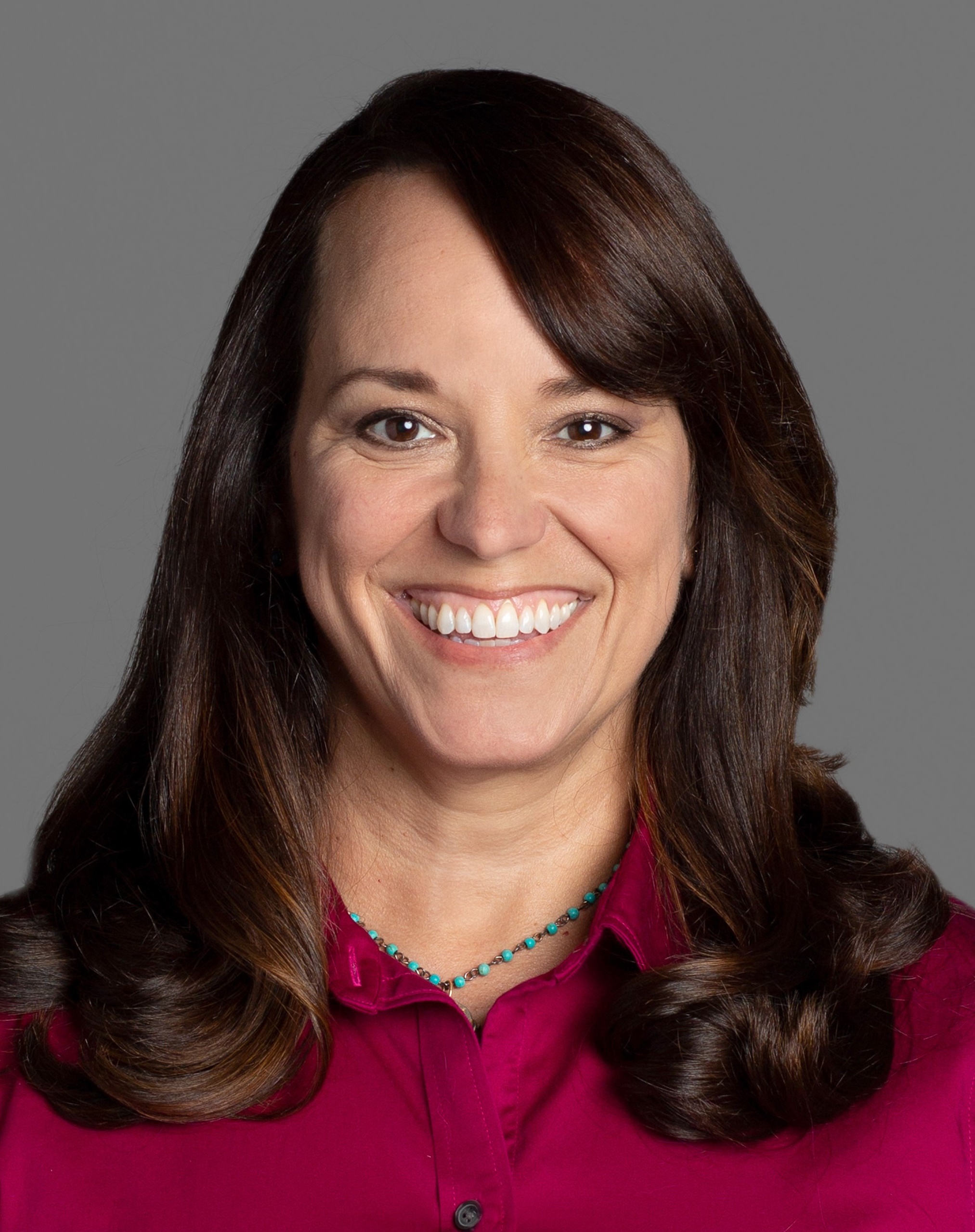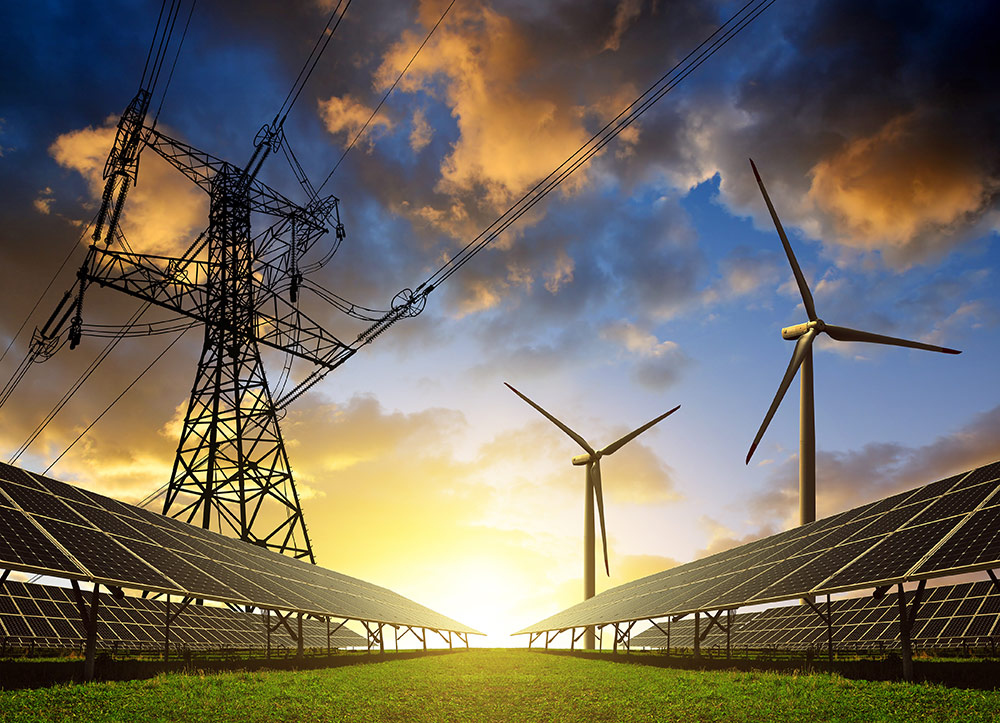As we move further into 2022, demand for renewable electricity generation will continue to rise as the roots of environmental, social and governance (ESG) ideals deepen at home and abroad. In the U.S., executive actions by the current administration aimed at tackling climate change and a final rule issued by the Federal Energy Regulatory Commission (FERC) in 2020 are laying the groundwork for smart grid development amid the transition to renewable energy sources. Globally, United Nations climate change frameworks and growing investor interest in sustainability have added a sense of urgency to transforming our fossil fuel-dominated energy infrastructure.
Amid this multifront impetus, we are seeing progress. By removing many restrictions and barriers to the wholesale energy market, FERC’s rule alone has enabled distributed energy resources (DERs) to compete with traditional electrical generation assets. Aggregated energy produced by DERs, such as solar panels and batteries, wind turbines, electric vehicles, and electrical vehicle chargers, can now be sent to independent system operators and regional transmission organizations for distribution to other customers.
Examples of this type of activity underway include Emera Technologies’ development of a solar battery-fueled DER in a Tampa, Florida, master-planned subdivision. The community is capable of generating its own electricity and selling excess power to others through its interoperability with the existing local grid.
Smart grids are growing on an international scale as well. Down under, a partnership among Southeast Asian nations and corporations, known as the Sun Cable Australia-Asia Power Link, is proposing to build what is championed as the largest solar farm, battery and undersea cable in the world, emanating from Darwin, the capital of Australia’s Northern Territory. The project will provide 3.2 gigawatts of electricity to Darwin and Singapore, which are more than 3,000 miles apart.
These endeavors illustrate the potential of renewable generation coupled with smart grid technology. But we’re still years away from fully realizing it, and the U.S. in particular is playing catch-up to other countries. Domestically, renewable energy sources fuel about 20% of our electricity generation, or enough capacity to power about 30% of the 140 million homes in the country. Worldwide, nearly 30% of electricity is generated by renewable sources.
Still, the U.S. continues to bolster its renewable capabilities, and switching to this clean power source in conjunction with smart grid technology promises to reduce greenhouse gas emissions and provide a number of other benefits, including the following:
- A compelling energy return on investment (EROI). EROI measures the energy produced in relation to the energy used to create it. Wind power provides the highest EROI compared to that provided by solar, natural gas and coal, while solar and natural gas have about the same EROI.
- Lower electric prices, dynamic pricing and greater efficiency. About two-thirds of consumable energy produced in the U.S. today is wasted — for example, when a light is left on in an empty room or an air conditioner is run when it’s not needed. A switch to solely renewable energy would require the real-time reporting of energy used, enabling consumers to manage their costs more effectively and incentivizing conservation behaviors.
- Communication between producer and consumer. Dialogue is a key feature of smart grids. Communication provides power producers with supply and demand information, which can then be used to manage generation and distribution and gives consumers more insight regarding their energy consumption.
Solutions Needed
While the value of shifting to renewables and smart grid technology is evident, it carries downsides and unknowns. We highlight a few of the challenges below:
Intermittency
Intermittency represents the biggest negative associated with renewable transformation. While renewables have become an economically viable alternative to fossil fuels, when the sun doesn’t shine and or the wind doesn’t blow, neither solar panels nor wind turbines produce power, which can lead to service interruptions. On the demand side, weather, days of the week, holidays, sporting events and, as we’ve experienced most recently, pandemics can all aggravate intermittency issues.
Solving the intermittency problem boils down to harnessing information and will require a massive digital transformation of the current electrical system. This will enable the processing of millions of transactions in real time to manage operational choices and balance energy demand and supply to maintain grid stability.
Legacy Infrastructure
Ultimately, smart grid technology will undergird the information-based system required to manage intermittency. But the existing power grid also poses an obstacle. Our energy framework was established a century ago when electricity was first introduced and became widely available in the U.S., and three central issues make it unsuitable for future needs.
First, electricity travels only one way on the grid and is distributed to customers regardless of need. This leads to energy waste because power cannot be returned or stored if it goes unused.
That leads us to the next issue, which is that our current energy grid did not anticipate today’s energy demands. The expected exponential increase in demand as we adopt more electric vehicles, water heaters, furnaces and other products once powered by fossil fuels threaten to strain grids in the U.S. and beyond.
Last, current technology supporting the grid does not fully consider supply and demand and potential intermittency challenges, nor is it always compatible with many of the new energy-efficient technologies being introduced.
The good news is that progress is being made on upgrading these legacy systems. Globally, investments in electricity grids declined for four years straight prior to 2021, but the U.S. has steadily increased spending from $63.1 billion in 2016 to $77.1 billion in 2021.
Time to Take Action
The transition to renewable electricity generation and the incorporation of smart grids is still in its early days, but momentum is rapidly building. As the number of DERs expand, we have the potential to create a more reliable, flexible and resilient power grid that can accommodate the future needs of energy consumers and the environment.
But as we’ve highlighted, U.S. energy producers and consumers must overcome several challenges and uncertainties. That’s not unusual in times of disruption — just consider the effect mobile apps have had on traditional taxicab businesses or streaming services have had on cable television providers — but it nonetheless requires organizations to keep pace with the growth of renewables and smart grid capacity to ensure that business functions and growth remain uninterrupted during and after the transition. Our advice: Continuously survey the changing landscape and stay nimble to take advantage of the potential opportunities or to mitigate risk.
Gabriella Kirkpatrick, Emma Rinzler and Zoe Ambrosetti, Consultants with Protiviti’s Technology Consulting practice, contributed to this blog.
To learn more about Protiviti’s energy and utilities solutions, visit our website.





